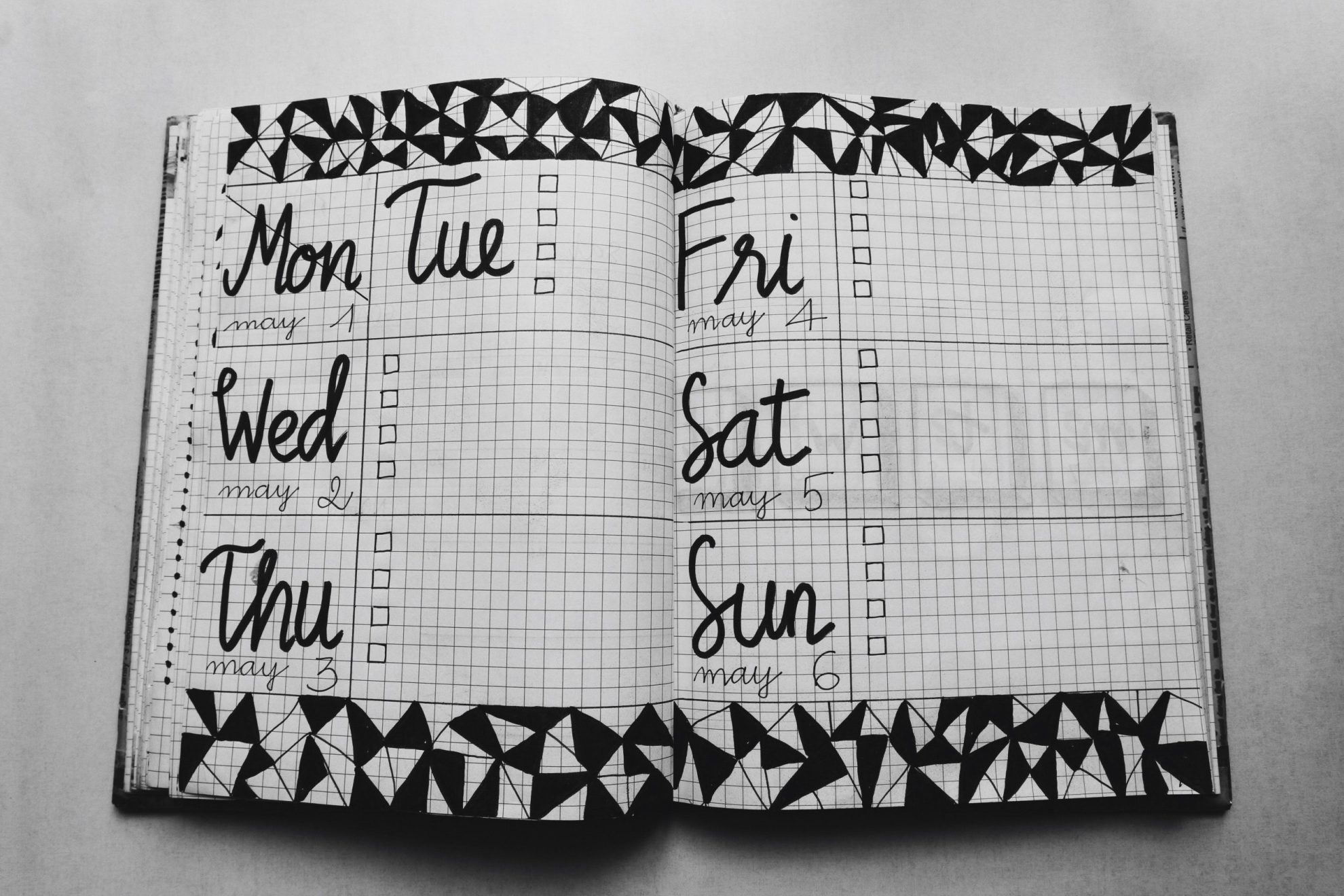4 Ways to Get More Done in Less Time

96% of the people check their mobile phone within one hour of waking up in the morning (and a whopping 61% take a peek within the first five minutes). It may seem harmless, checking our phones as soon as we open our eyes sets us up to have a “reactive” kind of day.
Think about it.
If the first thing you do when you roll out of bed is open your email, read your texts, or listen to your voicemails, you are essentially putting yourself second. Whether good, bad, or no news awaits, you are letting other people set your mood for the day.
Most of us are guilty of this, and it inevitably affects our productivity.
Here there are four tips from highly productive people that have stuck with me — and that I hope will work for you too.
1) Align your most important work with your chronotype.
Your chronotype is just a fancy way of saying “your body clock.” It refers to the natural 24-hour sleep-wake cycle we all experience. Everyone has a unique chronotype and it influences the peaks and troughs of energy we feel throughout our days.
Around 10% of people are stereotypical larks, who feel most energetic in the mornings. At the other end of the spectrum are the 20% of the population who are owls, or people who do their best work at night. Most of us lie somewhere in middle, and experience peak alertness before noon, an energy dip after lunch, and a second wind in the late afternoon.
Paying attention to your chronotype and structuring your tasks around your energy peaks can help you get a lot more done in less time.
2) Plan your day the night before.
A productive day doesn’t just happen. It requires planning. When we write down what we intend to do — and when and where we intend to do it — we are far more likely to achieve our goals. Take control of your day with some meticulous planning, the ideal time to fill it out is at the end of your workday so that whatever needs to be tackled tomorrow is still fresh in your mind.
3) Develop different rituals for different types of work.
Being deliberate about where you work from is another way to add structure to your day. Consider doing what Georgetown University Professor and author of Deep Work, Cal Newport does, and deliberately link different locations with different types of tasks. “When I’m trying to solve a theoretical computer science proof, the rituals I use almost always involve various walking routes around my town,” Newport explained.
Think about the main categories of work that you do, and start to create rituals around them. The rituals might involve your physical location or the time of day you complete a certain task. For example, you may prefer clearing your inbox while sitting outside on a sunny porch, and prefer doing your Zoom calls in the quiet of your bedroom.
Tip: Practice these rituals for at least a couple of weeks. It takes time to get into a flow, but when you do, it will become easier and happen more quickly the more your practice. Your brain will begin to associate cues — like your physical environment and the time of day — with certain types of work.
4) Avoid being 100% booked.
It’s easy to assume that the most productive people are booked solid for 100% of their day. But it seems to be quite the opposite.
Darren Murph, the head of remote work at GitLab, the world’s largest all-remote company, told me that being booked a 100% of the time is a huge risk. When you have no free time on your calendar, you leave little room for yourself to have serendipitous conversations, or moments of creativity and inspiration.
Tips: A fully blocked day can give you a false sense of productivity. If your calendar looks full, deliberately schedule time to do nothing. You can use this time as a buffer time for things that run over or unexpected tasks that crop up during the day. Or you can even use it for planned spontaneity – times for unexpected ideas to be sparked.
Productivity isn’t about how many hours you work, or how many to-do’s you’re able to cross off your list. It’s about doing what you need to in an efficient and time effective manner. And that starts with being intentional about your day. Don’t leave it to chance!




